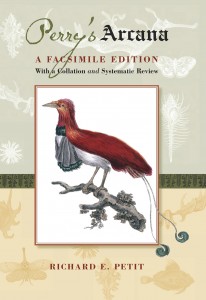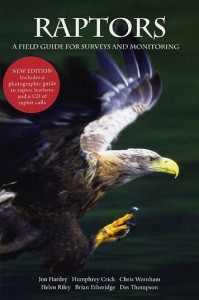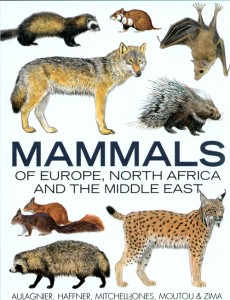First up, our Editor’s Choice of the Top 10 Best Wildlife and Natural History Books of the year, followed by Customer Favourites – the most popular books of 2009.
1. Vegetative Key to the British Flora
Nothing short of a revolution in plant identification
2. Field Guide to the Birds of Brazil
The first serious field guide to Brazil’s avifauna
3. Bats of Britain, Europe and Northwest Africa
Comprehensive and beautifully illustrated
4. Colour Identification Edition of Moths of the British Isles
Welcome new edition of Skinner’s classic
5. Handbook of the Mammals of the World, Volume 1: Carnivores
The first volume in a stunning series… can’t wait for the next instalment
6. On the Origin of Species: The Illustrated Edition
The best of too many Darwin books published for the double anniversary
7. Lichens of Great Britain and Ireland
A colossal undertaking – keys to 1873 species
8. Atlas of Wader Populations in Africa and Western Eurasia
Essential conservation info (for Ramsar/CMS) in a format accessible to serious birders
9. Sustainable Energy without the Hot Air
Clearly written and clearly costed solutions to our energy/climate conundrum
10. Biology of Coral Reefs
Brilliant academic overview of this threatened habitat
Customer Favourites
These are the most popular books of 2009 at NHBS by subject, as chosen by our customers: Birding, Bird Conservation, Botany, Mammals, Natural History and Zoology (including Entomology bestsellers). You’ll find an eclectic mix of geographic and taxonomic interest, with books from publishers all over the world. We’ve also included the Top 10 wildlife equipment from our rapidly expanding range of field kit.
Enjoy browsing, and please feel free to add your own recommendations for Top Titles in the comments section at the end of this post.
Birding
1. Wildfowl – New Naturalist Volume 110
2. Handbook of the Birds of the World, Volume 14
3. Field Guide to the Birds of Brazil
4. Field Guide to the Birds of East Asia
5. Shorebirds of the Northern Hemisphere
6. Field Guide to the Birds of Borneo
7. Field Guide to the Birds of the Horn of Africa
8. Field Guide to the Birds of South America: Passerines
9. Birdwatching Guide to Oman
10. History of Ornithology
Bird Conservation
1. Atlas of Wader Populations in Africa and Western Eurasia
2. Bird Ringing
3. Best Practice Guide for Wild Bird Monitoring Schemes
4. Ultimate Site Guide to Scarcer British Birds
5. Raptors: A Field Guide for Surveys and Monitoring
6. Status of Birds in Britain and Ireland
7. Bird Conservation and Agriculture
8. Rare Birds Where and When, Volume 1: Sandgrouse to New World Orioles
9. Important Bird Areas in the Caribbean
10. Avian Invasions
Mammals
1. Handbook of the Mammals of the World, Volume 1: Carnivores
2. Bats of Britain, Europe and Northwest Africa
3. Mammals of Europe, North Africa and the Middle East
4. Field Guide to the Mammals of South-East Asia
5. Guide to British Bats
6. British Mammals (Audio CD)
7. Lesser Horseshoe Bat
8. Field Guide to Indian Mammals
9. Mammals of the British Isles
10. Living with Dormice
Zoology
1. Field Guide to the Larvae and Exuviae of British Dragonflies, Volume 2 (Volume 1 also available)
2. Key to the Identification of British Centipedes
3. Collins Butterfly Guide
4. Britain’s Reptiles and Amphibians
5. RES Handbook Volume 4 Part 2: The Carabidae
6. New Holland European Reptile and Amphibian Guide
7. Insects of Britain and Western Europe
8. SBF Volume 58: Centipedes
9. Dangerous Marine Animals
10. Diversity of Fishes
Botany
1. Vegetative Key to the British Flora
2. Grasses of the British Isles
3. Collins Flower Guide
4. Lichens of Great Britain and Ireland
5. Sedges of the British Isles
6. Montane Heathland Lichen Guide
7. Water-Starworts Callitriche of Europe
8. Funga Nordica
9. Orchids of Britain and Ireland
10. Mountain Flowers and Trees of Caucasia
Natural History
1. Dartmoor: New Naturalist Volume 111
2. Art of Peter Scott
3. Art of the New Naturalists
4. Wildlife Photographer of the Year, Portfolio 19
5. Living Britain DVD
6. On the Origin of Species: The Illustrated Edition
7. Wild France
8. Nature’s Great Events – DVD
9. Wild Life
10. Life – DVD (David Attenborough)
Top 10 Equipment
1. Opticron Hand lens, 18mm, 20x magnification
2. Crushable Pocket Butterfly Net
3. Magenta Bat 5
4. WeatherWriter A4 Portrait
5. Bug Box Magnifying Pot
6. Batbox Baton
7. Collecting Pot (Bundle of 5)
8. Pooter
9. 5-Hole Small Bird Ringing (Banding) Pliers
10. One-Man Wildlife Photography Hide

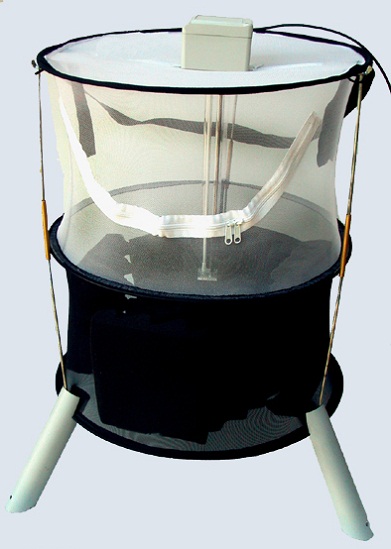

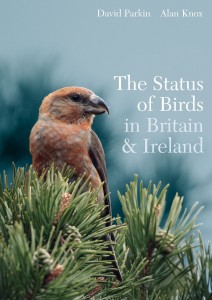
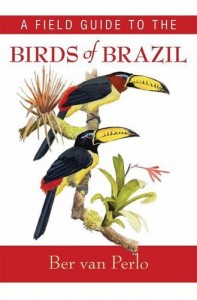
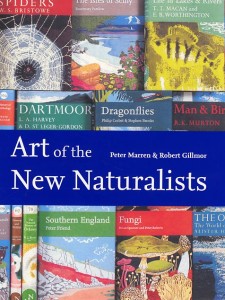
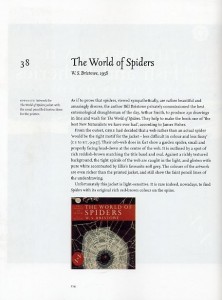
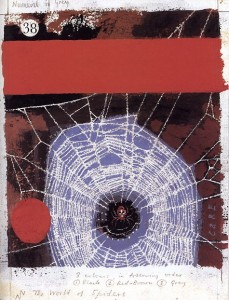
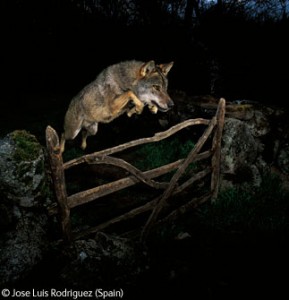
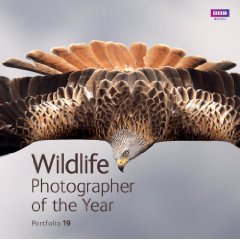
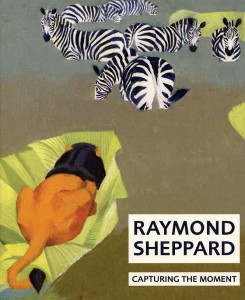 Capturing the Moment
Capturing the Moment